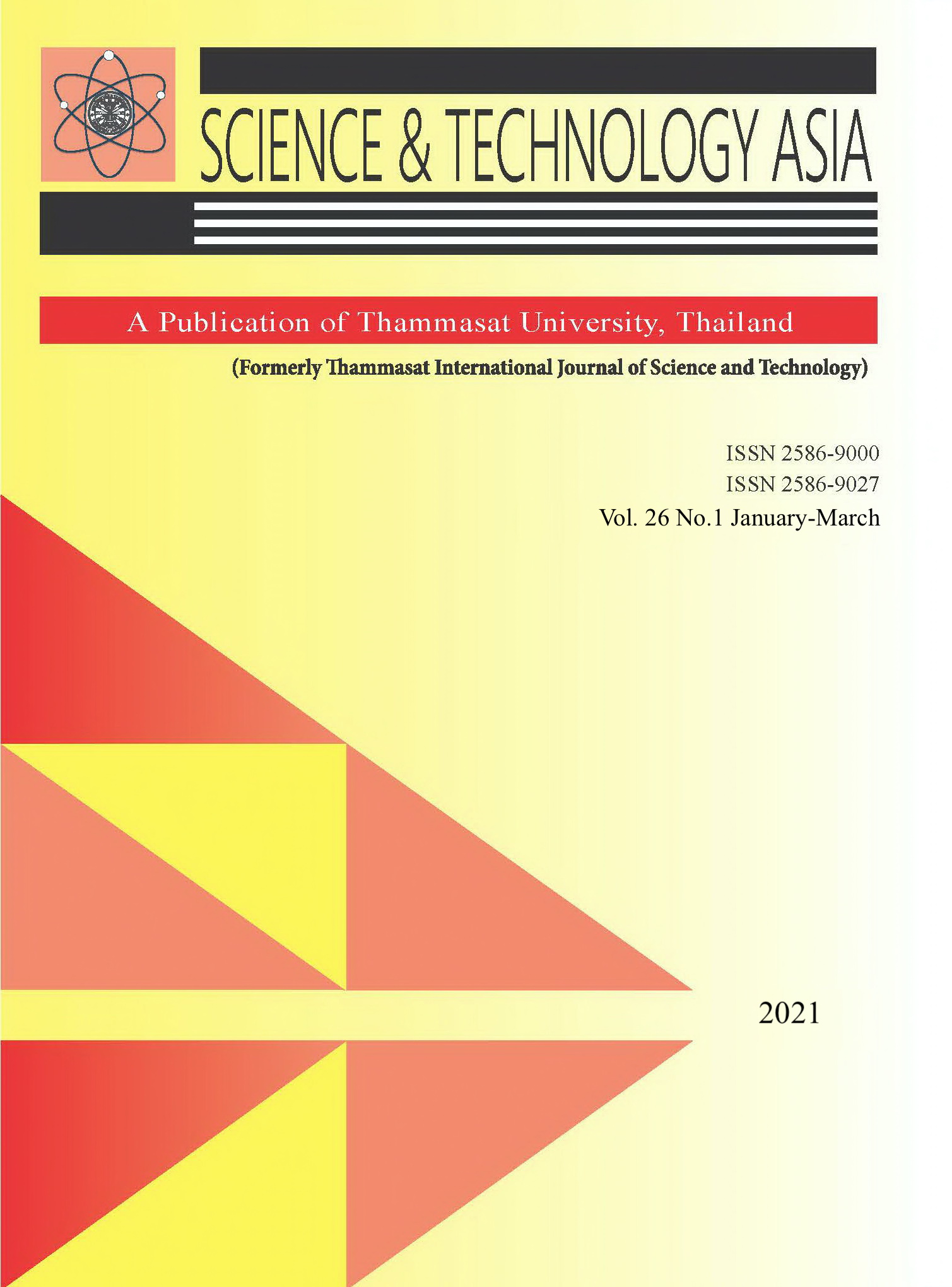Ophidascaris baylisi (Nematoda: Ascarididae): Scanning Electron Microscopic Study of the Adult Surface with Ultrastructure and Chemical Composition Analysis of Eggshells
Main Article Content
Abstract
The ascaridoid nematode Ophidascaris Baylis 1920 widely infests various species of snakes, including pythons. The aims of this study were to report the surface architecture of Ophidascaris baylisi gathered from Burmese pythons, using scanning electron microscopy, as well as to observe the ultrastructure and chemical composition of their eggshells using transmission electron microscopy and field emission scanning electron microscopy with energy dispersive X-Ray, respectively. In details of the surfaces, cephalic projections, body cuticle, single and double papillae, spicule, and egg pits were represented. The ultrastructure of the eggshells were composed of four layers: a uterine-like layer, vitelline layer, chitinous layer, and lipid layer. The eggshell surfaces were composed of C (48.17 ± 5.67% of total weight), O (23.10 ± 2.52), N (21.11 ± 2.68), S (1.39 ± 1.12), Na (1.20 ± 0.31), Ca (1.44 ± 0.74), P (2.12 ± 1.23), and Si (0.75 ± 0.12). Inside eggshells, C (50.30 ± 1.48), O (20.05 ± 1.96), N (19.60 ± 2.71), S (1.24 ± 0.22), Na (1.21 ± 0.41), Ca (1.01 ± 0.31), and P (6.59 ± 1.61) were detected, whereas Si was not. These data may be important in facilitating species identification and diagnosis, by using the microstructure, ultrastructure, and elemental composition of this nematode. This report raises concerns that there may be a zoonotic transmission of nematodes from pythons to humans or pets.


